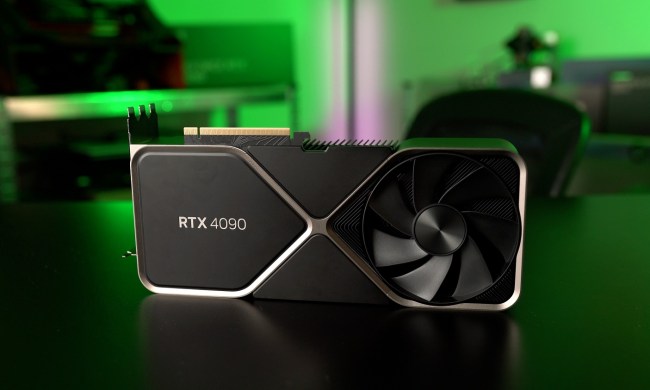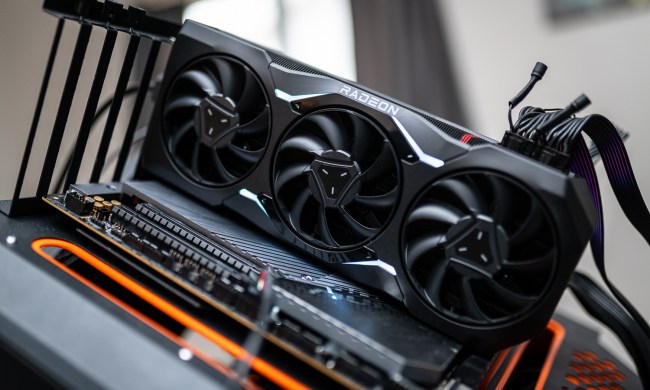
For months now, various leakers agreed on one thing — AMD is tapping out of the high-end GPU race in this generation, leaving Nvidia to focus on making the best graphics cards with no competitor. Today’s new finding may confirm that theory, as the first RDNA 4 GPU to make an official appearance is one that has been speculated about for months: Navi48.
Following the typical naming convention for AMD, the flagship in the RDNA 4 generation should have been called Navi41 — and it very well might have been, but according to various sources, that GPU will not be making an appearance in this generation. Hence, the flagship is now said to be the Navi48, and the latest finding shared by Kepler_L2 on X tells us that might indeed be the case.
AMD just introduced the first patch, which includes mentions of the Navi48 GPU, marking the update with new merge commits to the ROCm Validation Suite on GitHub.
Navi 48https://t.co/Jfif1aVWLV
— Kepler (@Kepler_L2) April 5, 2024
Unfortunately, not much is new besides the fact that this is the first official sighting of the Navi48 GPU, suggesting that AMD is now testing the card. All we’re seeing here are initial configuration files.
There’s also been no mention of the other RDNA 4 graphics card that we’re expecting to see, namely the smaller, less powerful Navi44. Considering that AMD is likely to open with the flagship GPU, this also tracks with previous theories about the Navi48 being the better of the two chips.
RDNA 4 graphics cards are said to launch by the end of the year, so there’s still a while to go, and AMD is keeping their specs under wraps. Rumor has it that the
For comparison, the RX 7900 XTX has 48 WGPs, but the Navi48 is most likely not going to be able to beat the top GPU from the RDNA 3 lineup. Current leaks point to AMD targeting something similar to the recent RX 7900 GRE, with similar performance at an even lower price point.
Ultimately, everything we know about RDNA 4 comes from rumors, so we have to wait for official confirmation from AMD. However, the fact that Navi48 is the first GPU to be mentioned by AMD shows that the rumors might have some truth to them, and we might, indeed, not see any competition for Nvidia’s high-end RTX 50-series graphics cards.




